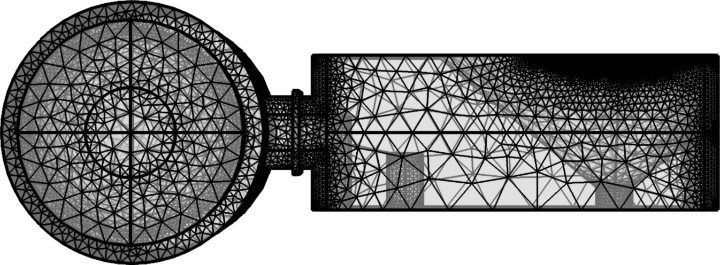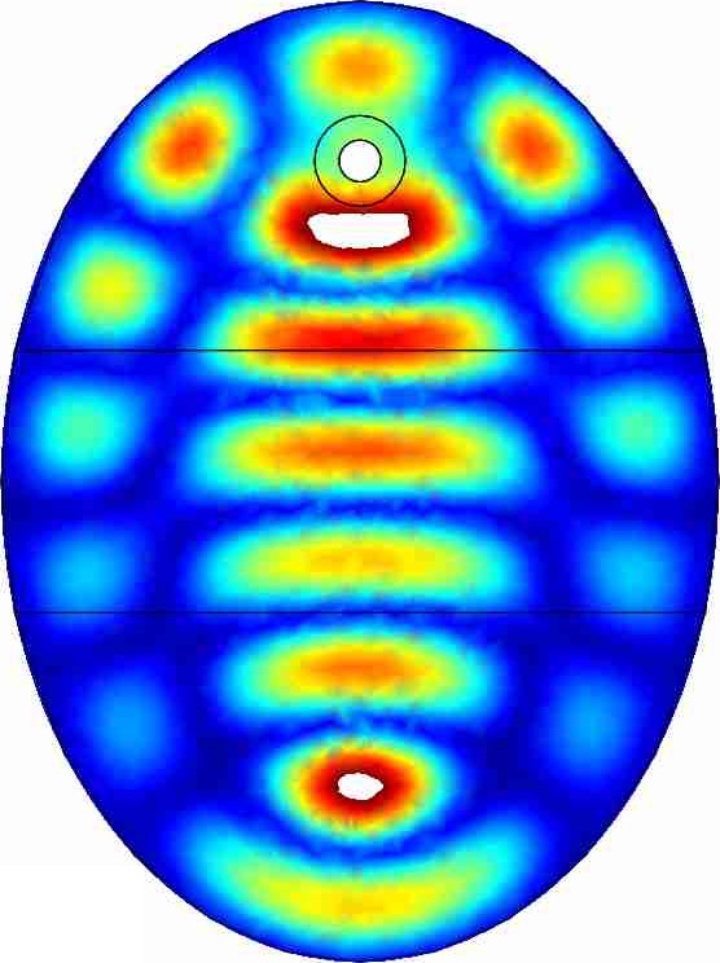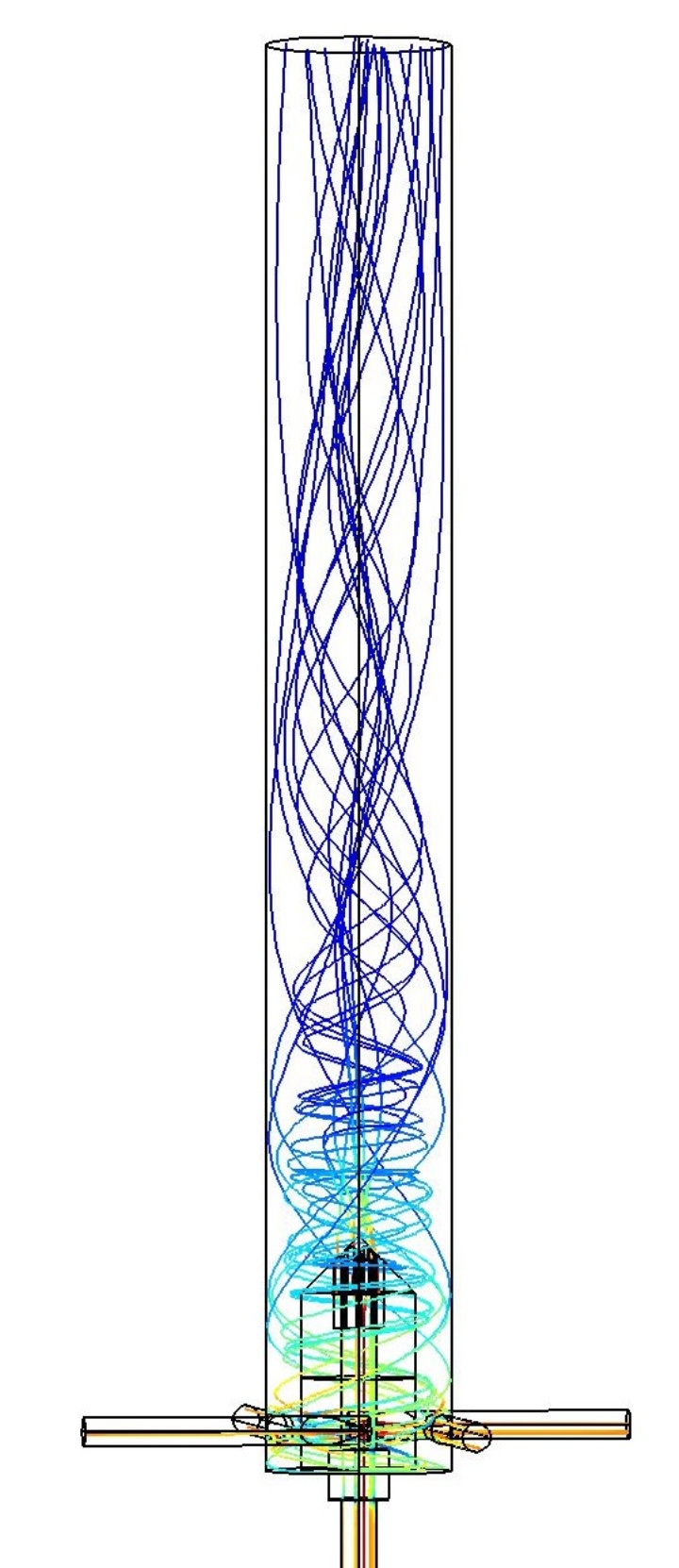Physical problems like heat transfer, gas flow or electromagnetic fields require an analytic solution to boundary value problems for partial differential equations, which in most cases can’t be solved for complex geometries. However, by making use of the finite element method the large problem is subdivided into smaller, simpler parts like triangles (2D case) or tetrahedrons (3D case) and yields approximate values of the unknowns at discrete number of points over the domain.
The method of finite elements involves several advantages such as easy representation of the total solution, accurate representation of complex geometries and inclusion of dissimilar material properties and is used for instance by aeronautical, biomechanical, and automotive industries to design, optimize, or control a device or a process.
The FEM simulation software is a powerful interactive environment for modeling and solving all kinds of scientific and engineering problems where conventional models for one type of physics can easily be extended into multiphysics models that solve coupled physics phenomena.
Using the built-in physics interfaces it is possible to build models by defining the relevant physical quantities such as material properties, loads, constraints, sources, and fluxes and perform various types of studies including stationary and time-dependent (transient) studies, linear and nonlinear studies and eigenfrequency, modal, and frequency response studies.
In the case of microwave plasma devices the most relevant problems include electromagnetic fields, heat transfer, gas flow and plasma properties, like conductivity and fundamental reactions such as ionization, recombination and diffusion. For the ignition and stable operation of a plasma the knowledge of the electric field distribution and the resonance frequencies is of critical importance.
For instance, it must be ensured that the system is free of microwave leakages and that the microwave isn’t coupled into system parts like sealing rings. Another important problem in plasma physics is the gas flow, which is crucial for a wide variety of applications in the field of plasma etching and plasma deposition. The gas flow inside the device has to be adjusted such that the operating conditions are ideal for an efficient and homogeneous etching or deposition process.

Steffen Pauly M.Sc.
Ph. D. Student, Plasma Technology

Irina Kistner M.Sc.
Ph. D. Student, Plasma Technology

Matthias Walker
Dr.-Ing.Head of Administration / Head of Plasma Technology




